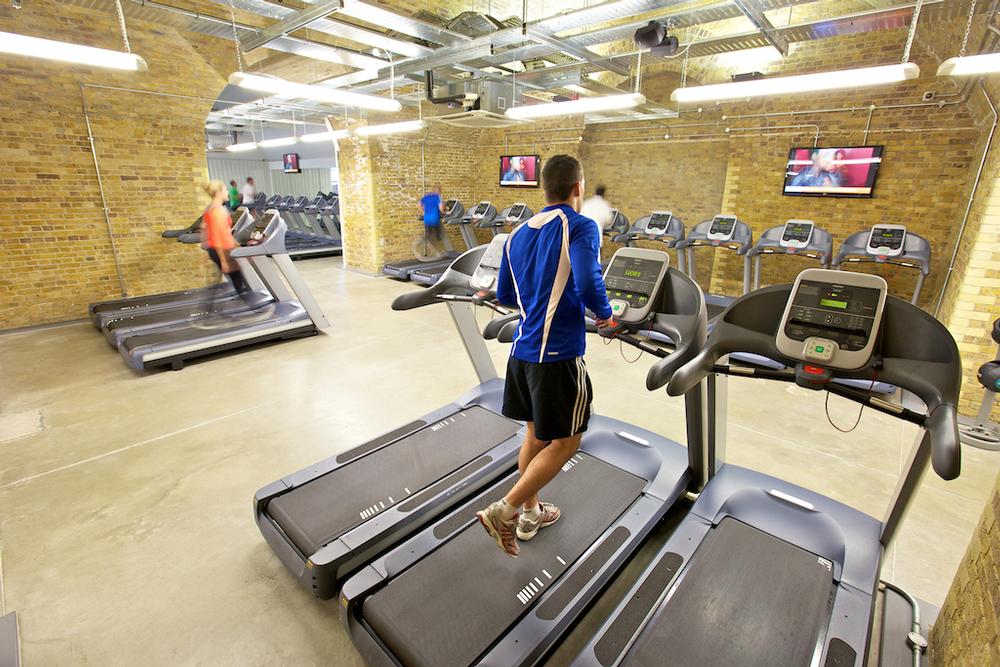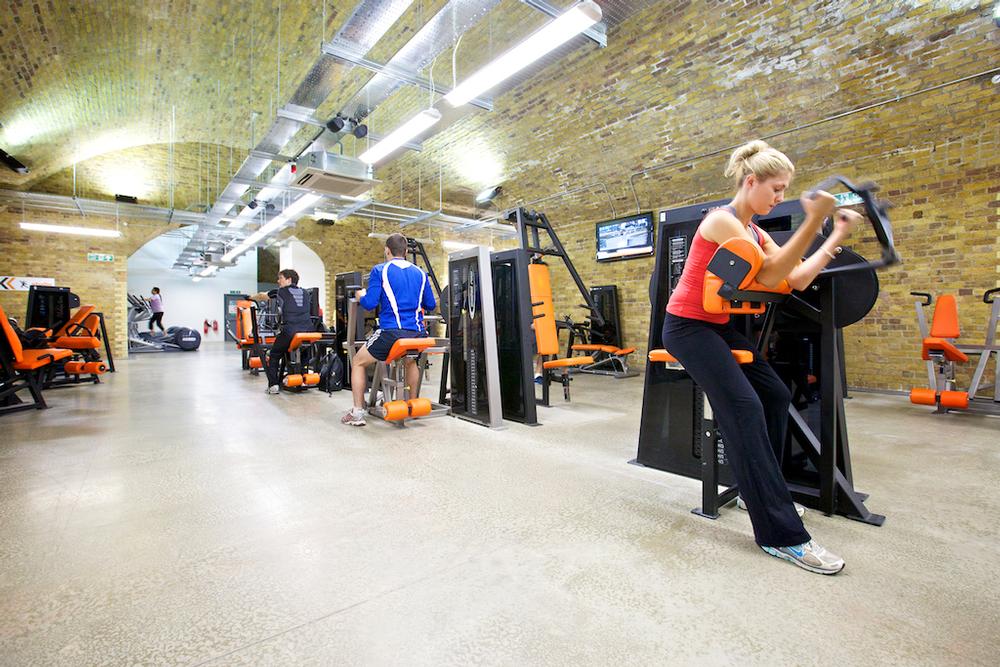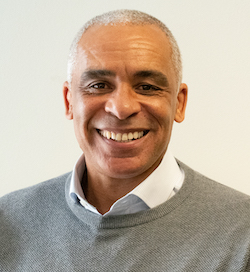The important message about physical activity and exercise seems to have sunk into people’s consciousness since 2004. This was one of the over-arching findings of our 2014 HAFOS report, which falls in line with previous years’ research.
The vast majority of respondents (86 per cent) recognise the importance of being active – a figure that has increased more than 10 per cent over the last decade. Around half also know they should be more active and, after an increase in government messaging about ‘little and often’, most now know that small durations of exercise can be effective, with 89 per cent saying 10 minutes of activity is good for you, and 92 per cent understanding the benefits of moderate activity.
As an industry, however, our current model still seems unable to harness this knowledge and channel it into action and successful outcomes. Operators need to focus on more targeted messages and calls to action when marketing to the general population. Additional broad messages about the importance of being active are not going to make any impact – we need to focus on overcoming specific perceived barriers and then delivering on promises.
Is cost really a factor?
The main perceived barriers to activity remain work-related time pressures, followed by home-related time pressures and then the costs involved.
What’s interesting is that, while only 12 per cent of our respondents stated cost as their main barrier to exercise, lower cost was also the factor most likely to encourage people to be more active generally – quoted by 60 per cent of people – followed by improved facilities and better programming.
When asked specifically about joining a gym or health club, 37 per cent felt a low-cost membership of £10–£15 a month would entice them to do so.
Previous research carried out by Leisure-net has always suggested that, while people quote cost as a barrier, if they are genuinely motivated and ready to make that change, the expense is only really a barrier for a small percentage. Much more important are psychological barriers like perceived lack of time and low motivation: gyms need to continue to build short ‘mini’ workouts into their offering to break down the perceived time deficit barrier related to work pressures.
The cost element does, however, come into it after they have joined: if new members aren’t visiting enough, they start to feel the membership is “wasting their money” and cancel. This is where the low-cost option has an advantage, as the tipping point when members feel they’re not getting value for money is slower to reach than for mid-market operators; members are likely to stay longer at a relatively low level of usage.
There’s also a distinct difference between different age groups, with younger people much more attracted by the low-cost option (see Figure 3) – partly due to lower disposable income, but also because younger gym members (particularly males) feel less need for help/supervision.
Being sparsely or at times completely unmanned is one of the key elements of most low-cost models – a necessity to keep the costs down. When questioned about the importance of staff, there was a fairly even three-way split between people who felt having no staff around would put them off joining, with 39 per cent saying it definitely would and 32 per cent saying it definitely would not. Women were most likely to be put off, with 40 per cent saying it would definitely deter them from joining.
Microgym appeal
Just over half of our sample (53 per cent) undertake activity through walking, jogging or running, with only a quarter saying they use leisure centres/health clubs as their main form of exercise. Interestingly though, 41 per cent felt they were able to get enough activity in their daily lives without specifically doing sport or exercise – a perception the sector may need to address given increasingly sedentary lifestyles across the UK – with just 33 per cent acknowledging the importance of sport/exercise in reaching recommended physical activity guidelines.
The opportunity for our sector is clearly there, and yet participation levels have failed to increase significantly over the last 10 years. In part, this is because many consumers do not understand the new offerings available, having not been in a leisure centre or gym for many years. Others are unconvinced that what we’re offering is good value, and/or going to help them achieve their goals – perhaps not surprising when we consider how many adults have been members, failed to make lifestyle changes and left.
While the low-cost clubs address the value argument well, another way to turn this tide – helping address the concern that gyms may not help people meet their goals – might be the niche/microgym approach. These gyms take one or two activities or specialisms and concentrate purely on that, usually in a relatively small facility and in an extremely focused way.
Our HAFOS research suggested that 57 per cent of women and 50 per cent of men would be encouraged to join a class/activity if it were offered in a micro/niche gym context. The microgym concept also appeals to all age groups in a way the low-cost model doesn’t.
Among those saying the microgym model appealed to them, the most popular activities people would like to try are free weights, group exercise classes and weight loss classes/sessions. However, there were real differences between male and female responses, with women more interested in dance and yoga, and less interested in free weights. Interestingly, weight loss classes were equally attractive to men and women.
With this in mind, microgyms may need to be designed to appeal to particular gender/age groups if they are to succeed.




























































